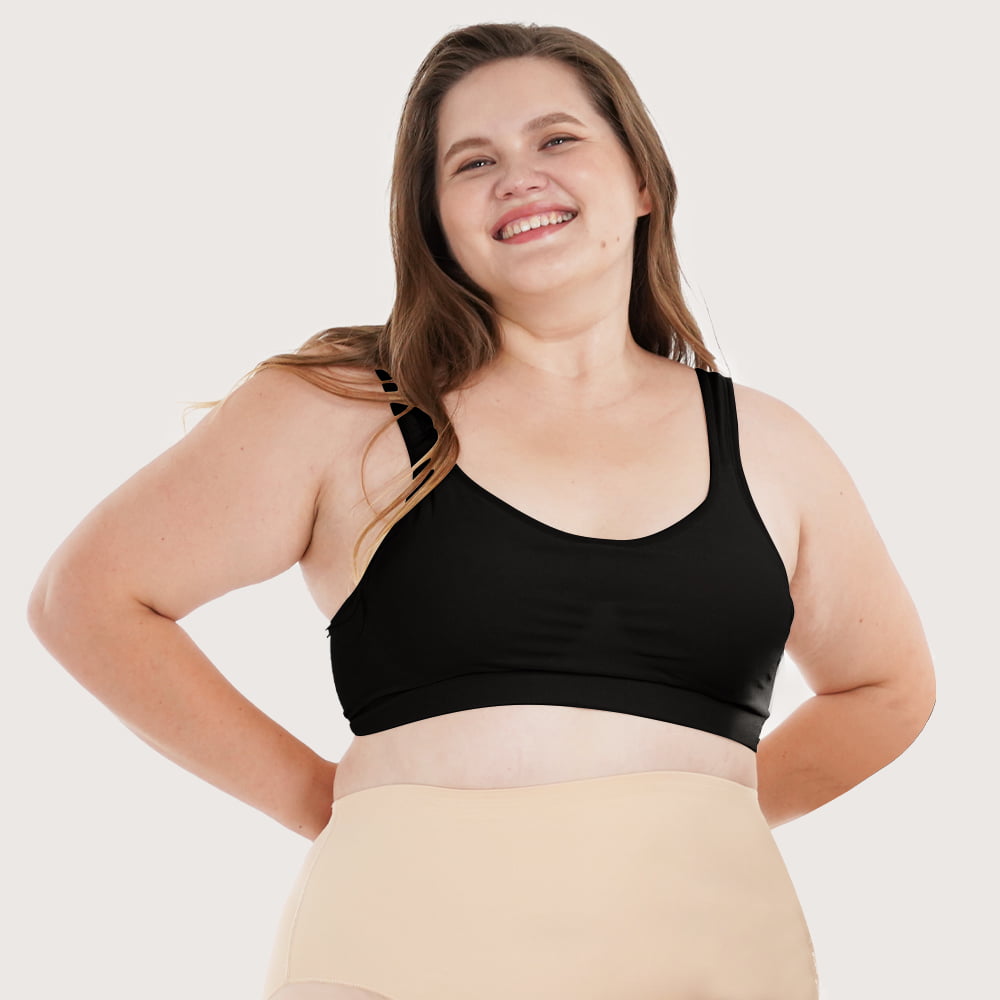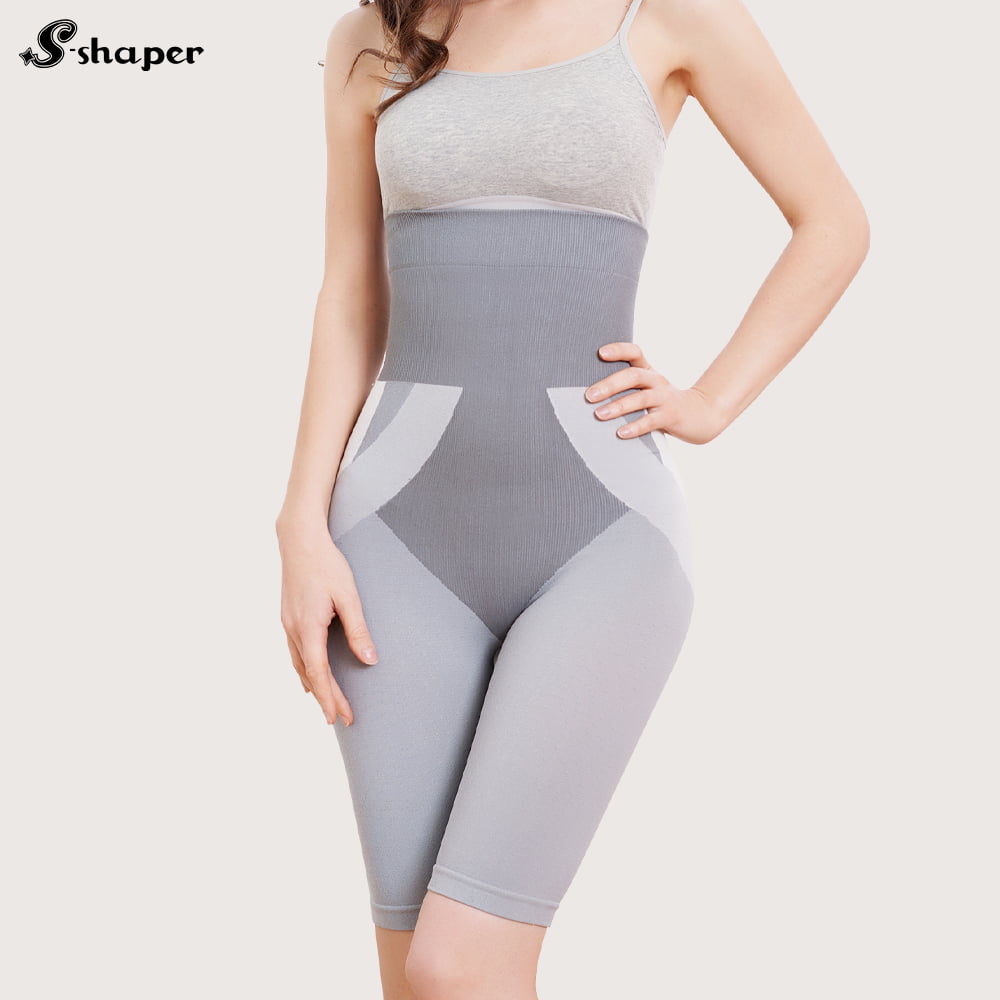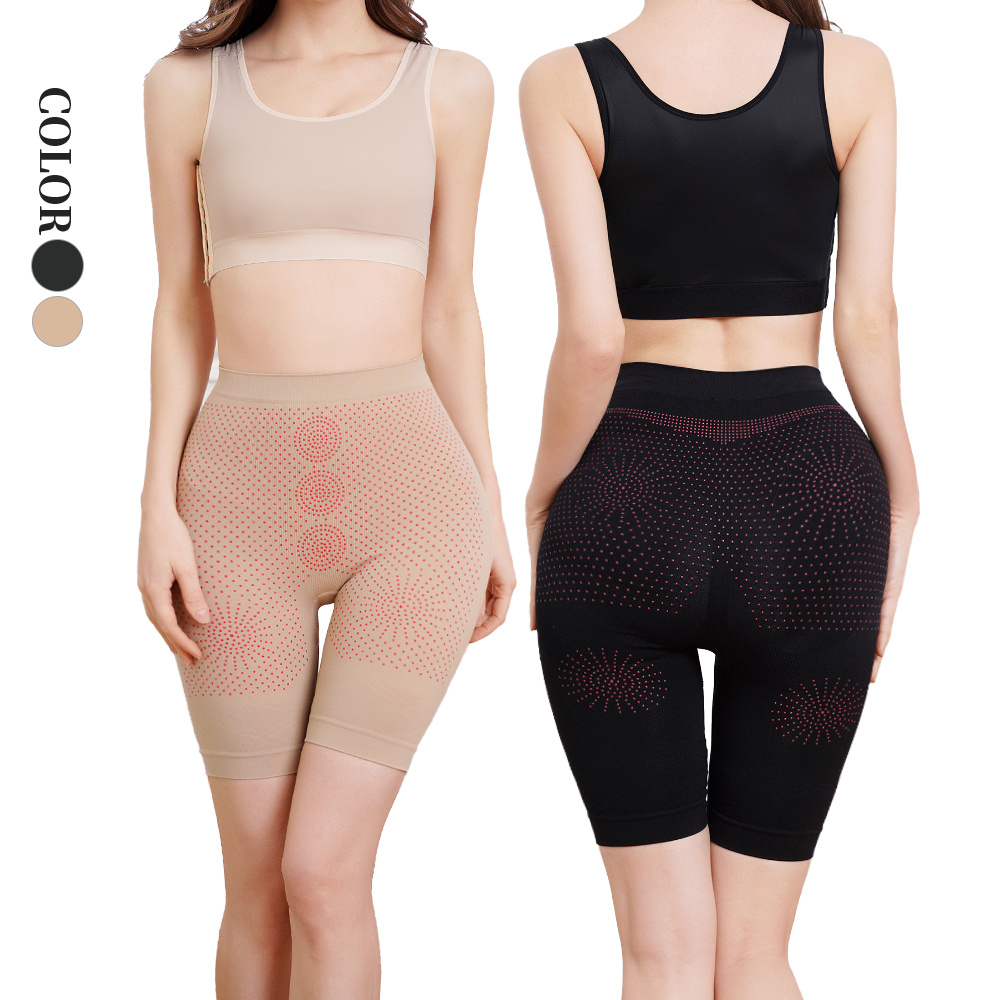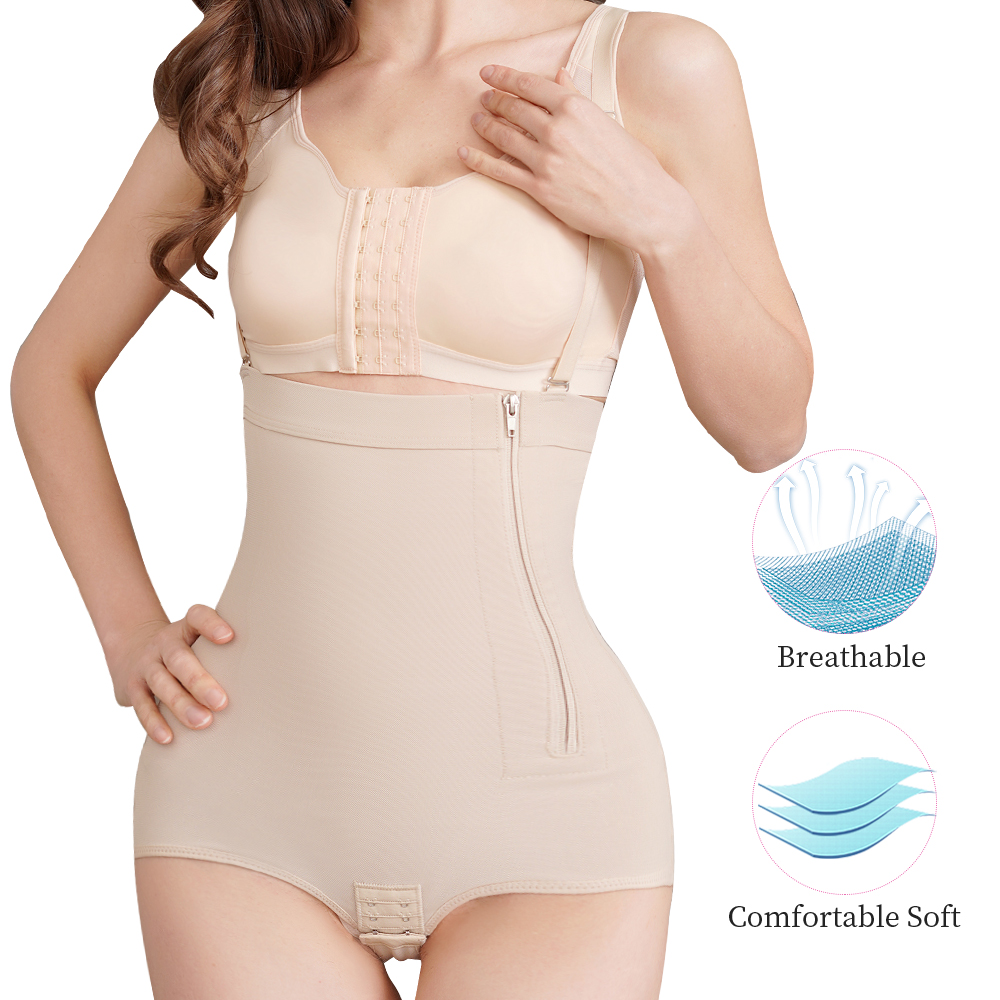The Hidden Culprits: What Causes Bras to Lose Their Shape and Elasticity Over Time?

Bras are a vital part of our daily wardrobe, providing support, shape, and confidence. However, over time, even the most beloved bras can lose their shape and elasticity, leaving you with discomfort and poor support. In this blog, we’ll dive deep into the hidden culprits behind this common issue, providing you with insights and tips to extend the lifespan of your bras.
Understanding Bra Wear and Tear
Why Do Bras Lose Shape and Elasticity?
A bra’s durability depends on several factors, including material quality, construction, and how often it’s worn and washed. Here are the primary reasons bras lose their shape and elasticity:
- Material Fatigue: Over time, the fibers in the fabric and elastic bands naturally break down due to repeated stretching and wear.
- Improper Washing: Harsh washing methods can weaken the fabric and elastic, causing them to lose their resilience.
- Heat Exposure: High temperatures from washing machines or dryers can damage the delicate elastic fibers in bras.
- Sweat and Body Oils: Accumulation of sweat and body oils can degrade the materials and cause them to lose their elasticity.
- Overuse: Wearing the same bra too frequently without giving it a break can accelerate wear and tear.
- Poor Storage: Improper storage can cause bras to bend and lose their shape.
The Anatomy of a Bra
To understand why bras lose their shape and elasticity, it’s essential to know the main components of a bra and how each part contributes to its overall structure and support:
| Component | Function |
|---|---|
| Cups | Provide shape and coverage for the breasts |
| Underwire | Offers support and helps maintain the bra’s shape |
| Bands | Encircle the ribcage, providing the primary support |
| Straps | Help distribute weight and keep the bra in place |
| Hooks and Closures | Allow for adjustable fit and secure fastening |
| Elastic | Provides stretch and flexibility for comfort and fit |
The Culprits Behind Bra Degradation
1. Material Fatigue
How It Affects Bras:
Material fatigue occurs when the fibers in the bra’s fabric and elastic bands break down over time. This natural wear and tear happen due to repeated stretching and usage, causing the bra to lose its original shape and support.
Signs of Material Fatigue:
- The band feels looser and less supportive
- The cups no longer hold their shape
- The elastic straps lose their stretchiness
2. Improper Washing Techniques
How It Affects Bras:
Washing bras improperly is one of the most significant contributors to the loss of shape and elasticity. Using harsh detergents, hot water, or washing machines can damage the delicate fabrics and elastic components.
Signs of Damage Due to Washing:
- Fabric becomes rough or pilled
- Elastic loses its stretch and feels brittle
- Bra appears misshapen or distorted
3. Heat Exposure
How It Affects Bras:
Exposure to high temperatures, such as those in washing machines, dryers, or even direct sunlight, can weaken the elastic fibers in bras. Heat causes the elastic to break down faster, leading to a loss of stretch and support.
Signs of Heat Damage:
- Elastic feels stiff or crunchy
- The bra loses its shape and support
- The fabric appears faded or discolored
4. Sweat and Body Oils
How It Affects Bras:
Sweat and body oils can accumulate on bras, especially if not washed frequently. These substances can degrade the fabric and elastic over time, causing the bra to lose its elasticity and support.
Signs of Damage from Sweat and Body Oils:
- The band and straps feel sticky or greasy
- The fabric appears stained or discolored
- The bra loses its stretch and becomes less supportive
5. Overuse
How It Affects Bras:
Wearing the same bra too frequently without giving it time to rest can accelerate wear and tear. Bras need time to recover their shape and elasticity between wears.
Signs of Overuse:
- The bra feels stretched out and loose
- The elastic loses its bounce and flexibility
- The bra no longer provides adequate support
6. Poor Storage
How It Affects Bras:
Improper storage, such as folding bras with molded cups or cramming them into a drawer, can cause them to lose their shape. Storing bras incorrectly can bend the underwire and distort the cups.
Signs of Poor Storage:
- The cups appear dented or misshapen
- The underwire feels bent or twisted
- The bras are not lying flat or maintaining their shape
Tips to Prolong the Life of Your Bras
1. Proper Washing Techniques
Hand Wash Your Bra:
- Use a gentle detergent designed for delicate fabrics.
- Fill a basin with cool water and add a small amount of detergent.
- Gently agitate the water to create suds, then immerse the bra.
- Let them soak for a few minutes, then gently rub any soiled areas.
- Rinse thoroughly with cool water.
Use a Lingerie Bag for Machine Washing:
- Place bra in a mesh lingerie bag to protect them during the wash cycle.
- Use a gentle cycle with cold water and a mild detergent.
- Avoid using bleach or fabric softeners, as they can damage the fabric and elastic.
2. Air Dry Your Bra
Avoid the Dryer:
- Lay bra flat on a clean towel to air dry.
- Reshape the cups and bands to their original form while they are still damp.
- Avoid hanging bra by the straps, as this can stretch them out.
3. Rotate Your Bra
Give Bra Time to Rest:
- Avoid wearing the same bra two days in a row.
- Rotate between several bra to give each one time to recover its shape and elasticity.
4. Store Properly
Keep Bra Flat:
- Store bra flat in a drawer, with the cups nested inside each other.
- Avoid folding bra with molded cups, as this can cause creases and distortions.
- Use drawer dividers or organizers to keep bra neatly arranged.
5. Handle with Care
Be Gentle:
- When putting on or taking off your bra, handle it gently to avoid stretching the elastic.
- Adjust the straps and bands carefully to prevent unnecessary strain on the fabric and elastic.
6. Recognize When to Replace
Know the Signs:
- Replace bra when they no longer provide adequate support or comfort.
- Look for signs of wear, such as stretched-out bands, loose straps, and misshapen cups.
Share This Post:
Table of Contents
Most Popular


Sweat Shorts Factory in South America for Gymwear Startups

Sauna Belt Manufacturer in South America for Health & Wellness Brands

Wholesale Shaping Panty Factory in South America for Beauty Clinics
Get in touch with us
Related Posts

Arm Sleeves Manufacturer in South America for Sports Apparel Distributors
1. Why South America is Emerging as a Hub for Arm Sleeves Manufacturing In recent years, South America has become a strategic manufacturing base for sportswear, particularly performance accessories like

Sweat Shorts Factory in South America for Gymwear Startups
1. Why South America is Emerging as a Gymwear Manufacturing Hub South America is rapidly gaining recognition as a strategic location for gymwear and activewear manufacturing — including sweat shorts

Sauna Belt Manufacturer in South America for Health & Wellness Brands
1. Why Health & Wellness Brands Are Investing in Sauna Belts The health and wellness industry is booming globally, and sauna belts have emerged as a top product in the

Wholesale Shaping Panty Factory in South America for Beauty Clinics
1. Why Beauty Clinics are Turning to Wholesale Shaping Panty Suppliers In recent years, beauty clinics have evolved beyond skincare and cosmetic procedures to offer lifestyle-enhancing products. One of the






